I flew on American's Boeing 737 Max and found the airline doing the bare minimum to inform passengers they were booked on the ill-fated plane
Thomas Pallini

- American Airlines is the largest Boeing 737 Max operator currently, averaging over 50 daily flights.
- One problem faced by the airline is passenger confidence in the aircraft that's killed 346 people.
- I flew from New York to Miami on the Max and found American to be less than forthcoming about the aircraft.
American Airlines was the first US airline to fly the Boeing 737 Max following its 20-month grounding by the Federal Aviation Administration with a first flight on December 29, 2020, from Miami to New York. Since then, the airline has been quickly building back the Max, culminating in over 50 daily departures in February and plans to grow to nearly 100 in March.
With no incidents since its ungrounding, the Boeing 737 Max saga appears to finally be over. The aircraft has already flown more than 2,700 flights as of late January, Boeing says, and more countries are approving the aircraft's return to service.
But the fact remains that the aircraft is among the most infamous in modern history and airlines are walking a fine line with the Max when it comes to transparency.
On one hand, the airlines want to make people aware that they're flying on an aircraft that's killed 346 people but on the other, they don't want to scare people as they take to the skies. And as the first US airline to fly the plane once more, American was the first to tackle this challenge.
Here's what flying on an American Airlines Boeing 737 Max is like in 2021.
Our aircraft was a 2-year-old Boeing 737 Max that had only been delivered to American in December 2020. Boeing has been clearing out its delivery backlog since the ungrounding, with a lot of airlines receiving long-awaited orders.
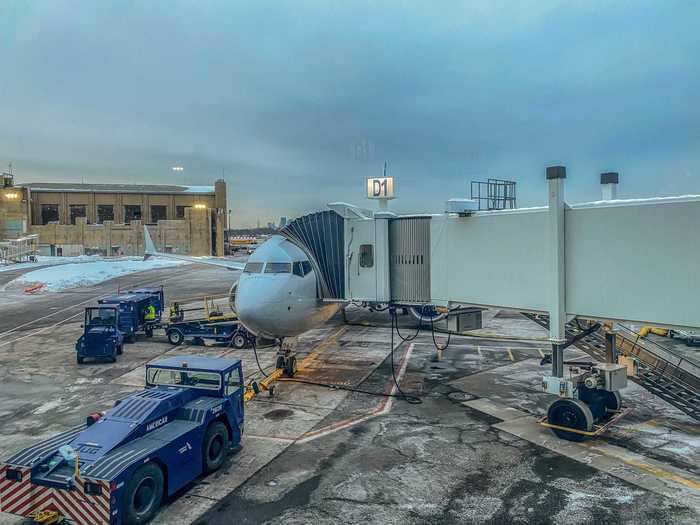
I was flying on the same route on which American first launched the Max in 2018, and recently relaunched the aircraft in December 2020. The Miami-New York route is one that most of American's Boeing 737 pilots should know like the back of their hand.
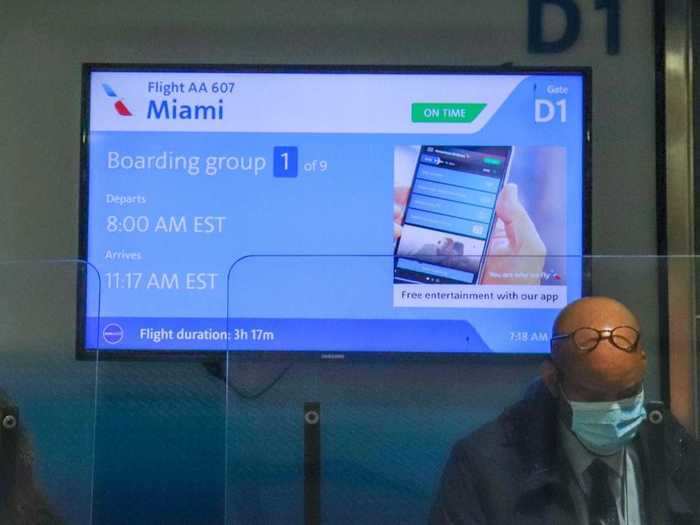
American didn't hide the fact we were flying on the Max, but only if you knew where to look. The aircraft type was shown in small font when searching for flights...

After booking...
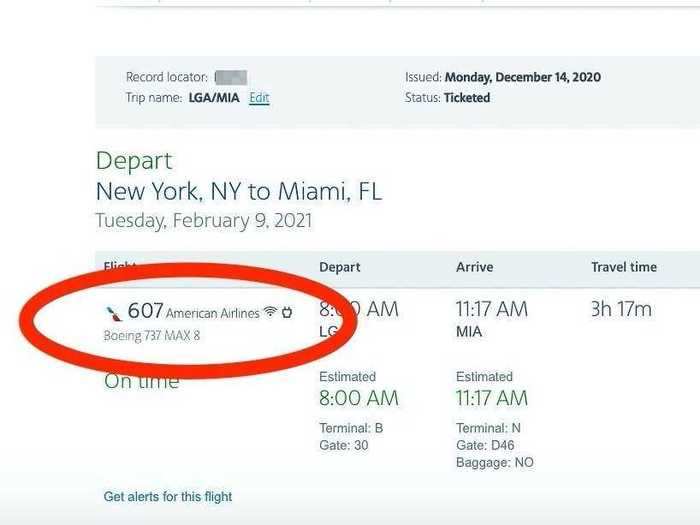
And when selecting a seat.
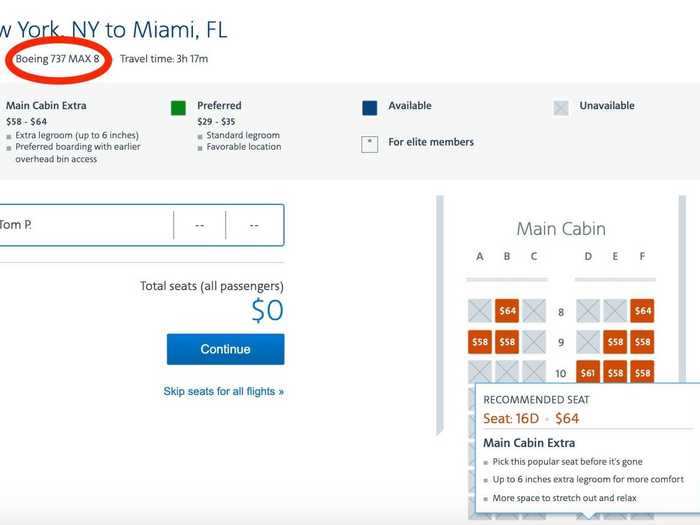
But unlike rival United Airlines, no explicit warning was given when I attempted to book a flight that I'd be on Max. Both airlines are allowing passengers to change their flight for free if they don't want to fly on a Max.
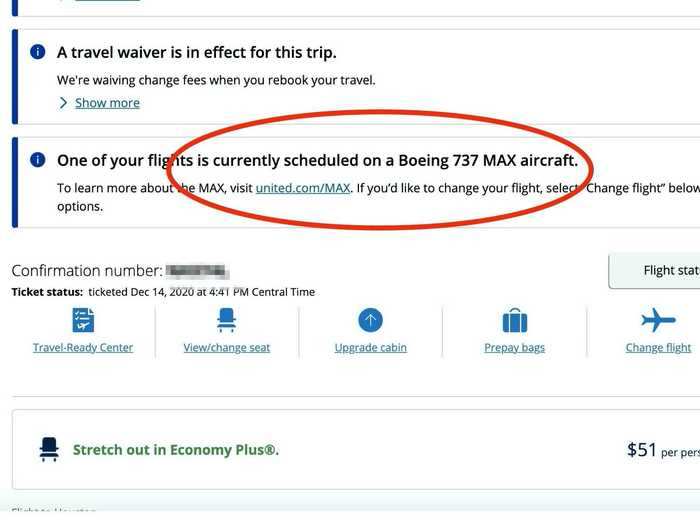
Once at the airport, the Max name could not be found when printing a boarding pass...
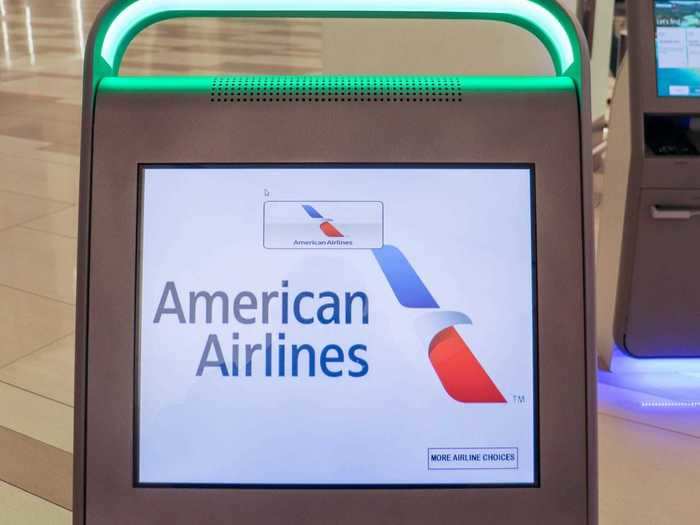
Reviewing trip details...
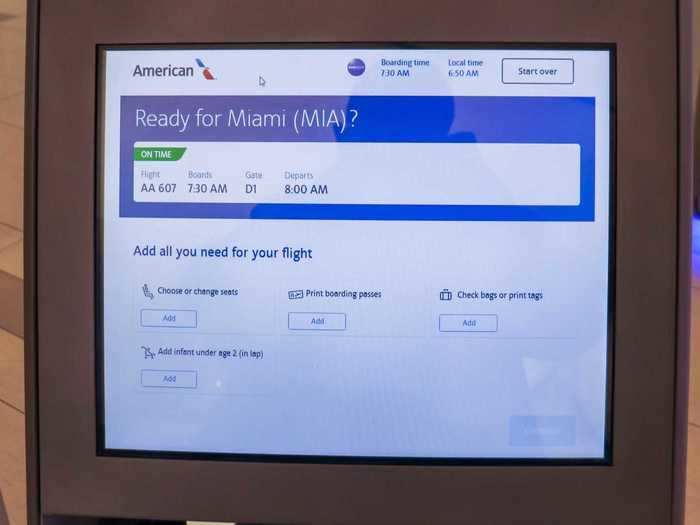
Or selecting a seat.
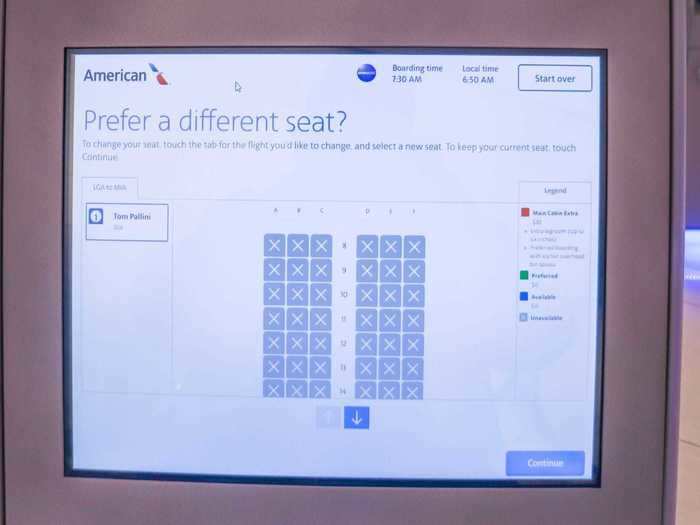
Not even gate signage revealed our aircraft type.
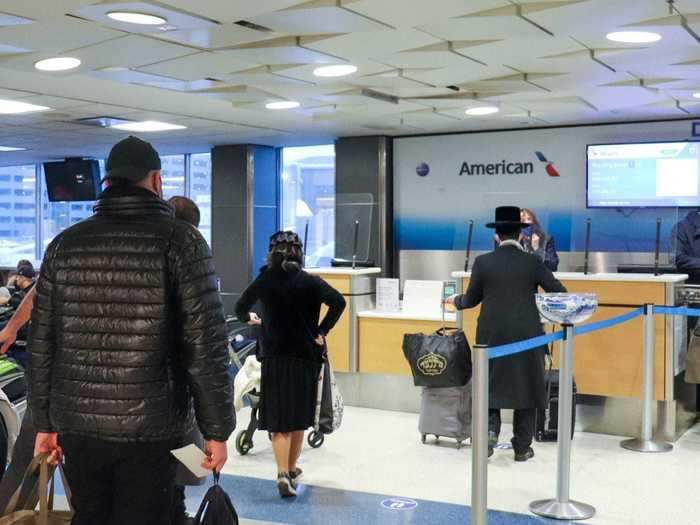
American's gate agents now inform passengers of the aircraft on which they're flying via a general announcement but if you arrived late or weren't paying attention, you likely would've missed it.
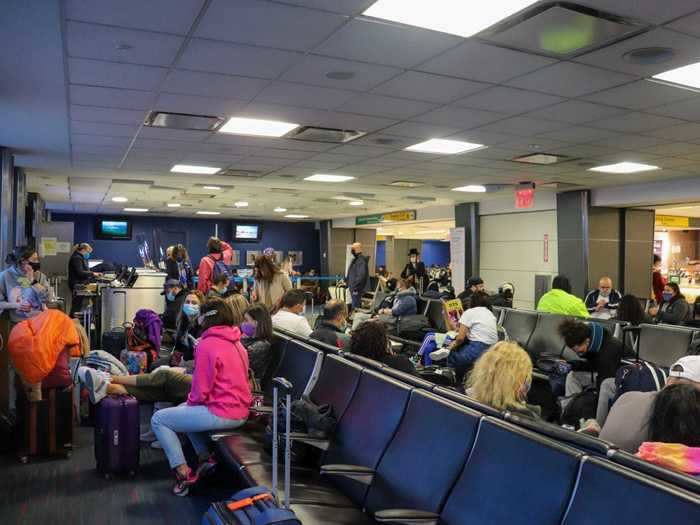
Boarding soon began and the fact it was a nearly full flight meant that the prospect of flying on a Boeing 737 Max wasn't too scary for most. Either that or they didn't know or care about the type of aircraft on which they'd be flying.

There were also very few opportunities to tell that this was a Max during boarding. The view of the aircraft was obstructed by the jetway...
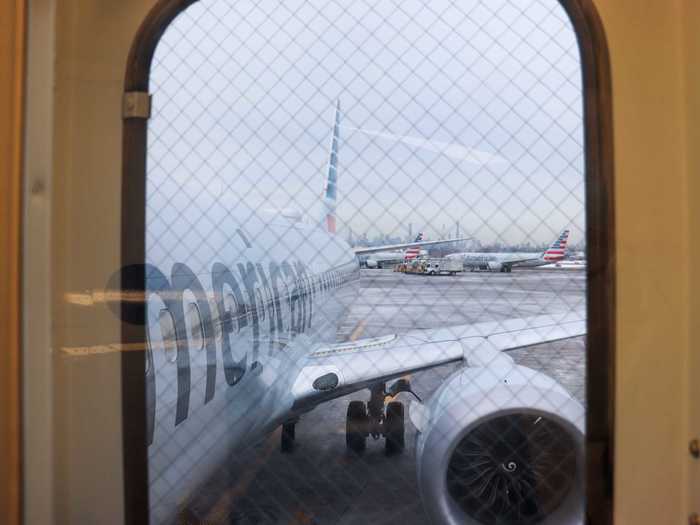
And there were no markings at the boarding door or in the forward galley. But that's common as most airlines don't emphasize aircraft type on most models.

Inside the jet, the passenger cabin consists of a 16-seat first class cabin...
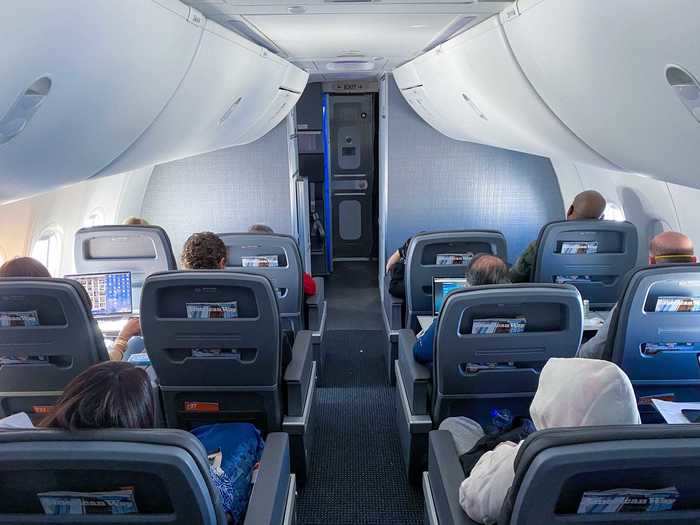
And 156-seat economy class cabin with 30 extra legroom "main cabin extra" seats.
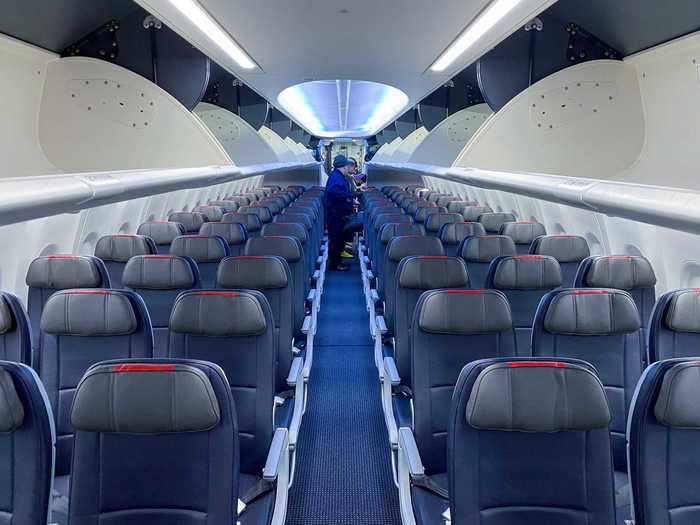
The cabin is one of American's newest as part of the controversial "Project Oasis" that aims to add more seats into the airline's narrow-body aircraft.

Each regular economy seat features 30 inches of pitch and between 16.6 and 17.8 inches of width, depending on the seat.
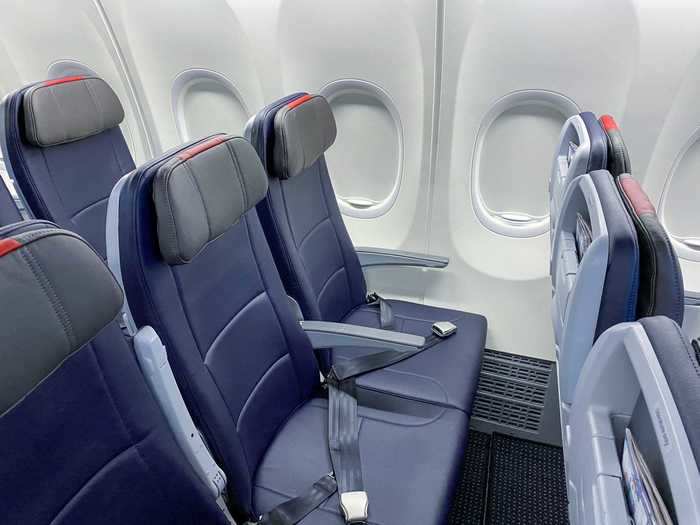
Source: SeatGuru
First class seats are large recliners with 37 inches of pitch and 21 inches of width.
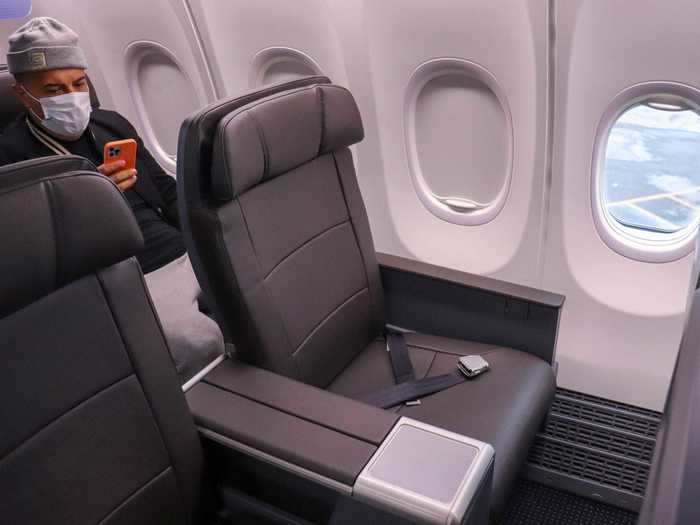
Source: SeatGuru
For what it's worth, I found my economy seat to be quite enjoyable for the 3-hour flight to Miami.
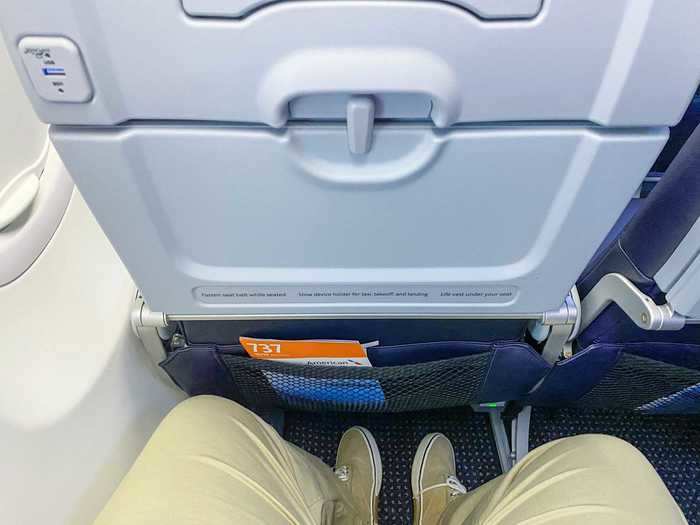
This aircraft comes with Boeing's "Sky Interior" cabin complete with mood lights that change with each phase of flight.
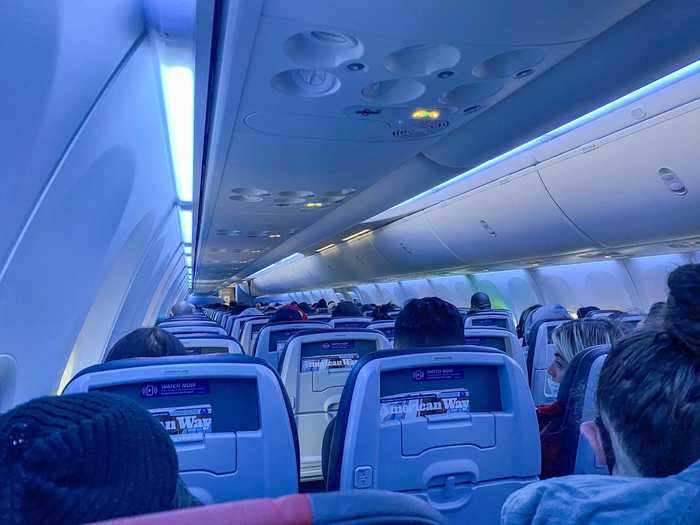
Overhead bins are also noticeably larger as I was able to fit my carry-on and jacket one on top of the other.
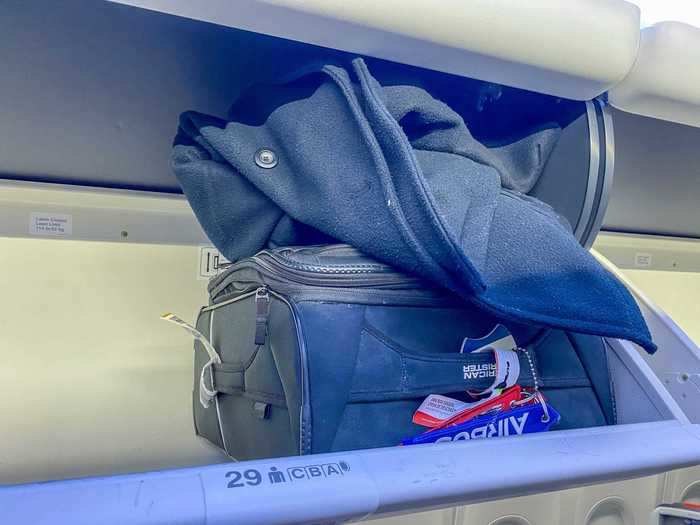
But for an ultra-modern plane, the seat-backs are noticeably bare. American, much like United, opted for streaming entertainment instead of seat-back screens on the Max fleet.
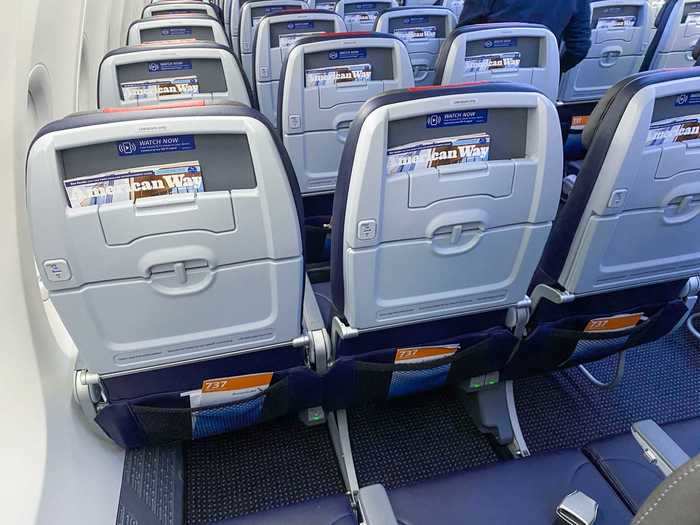
Amenities at the seat included a device holder...
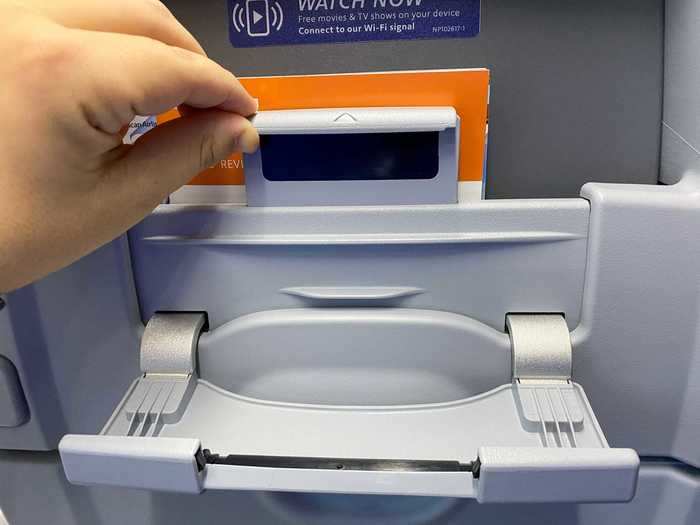
USB charging port...
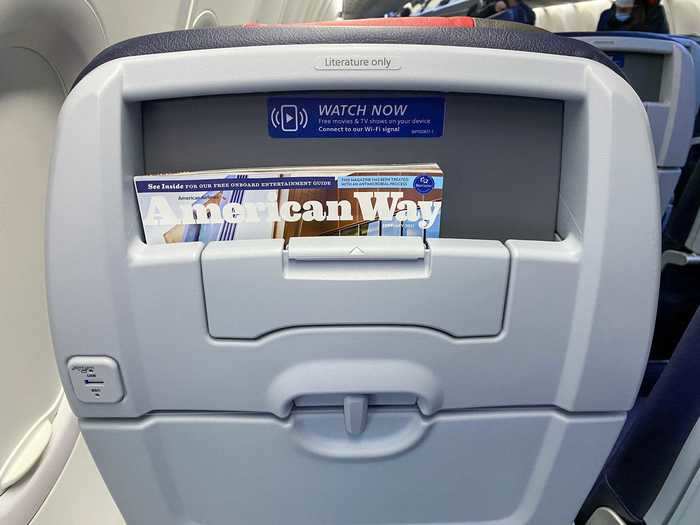
Adjustable headrest...
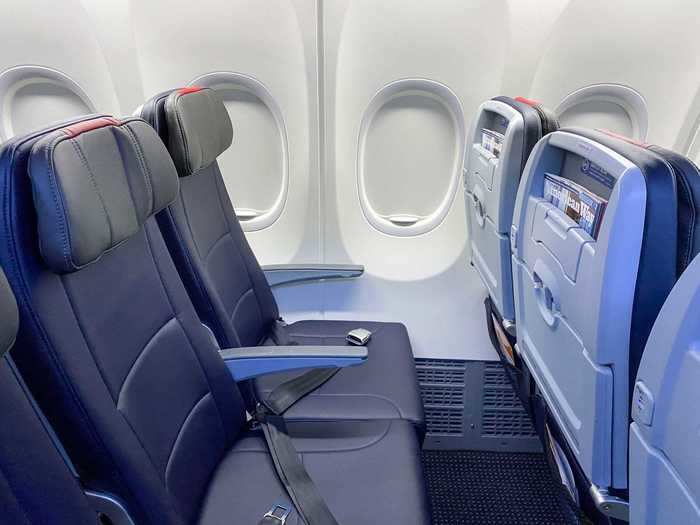
And 110v AC power outlet.
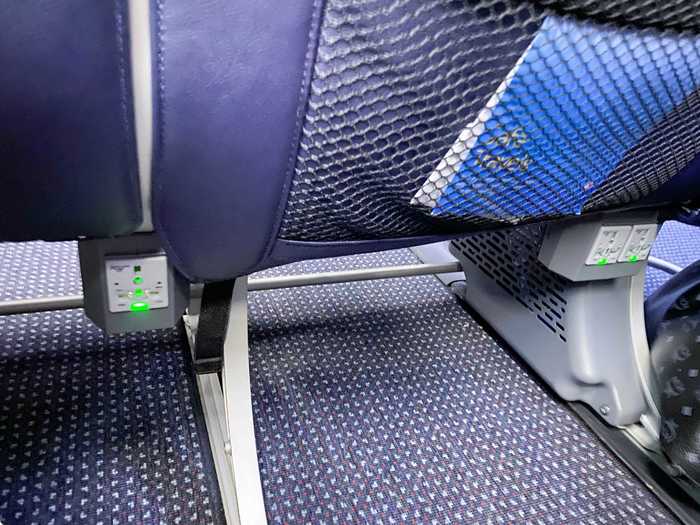
In-flight WiFi through Gogo is also available with free Apple Music usage.
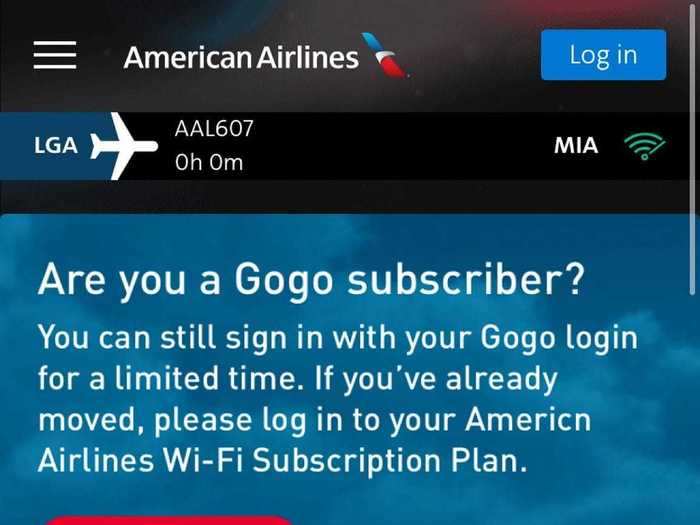
Overall, it's an incredibly modern interior with numerous passenger-friendly amenities, even if it is missing seat-back in-flight entertainment.
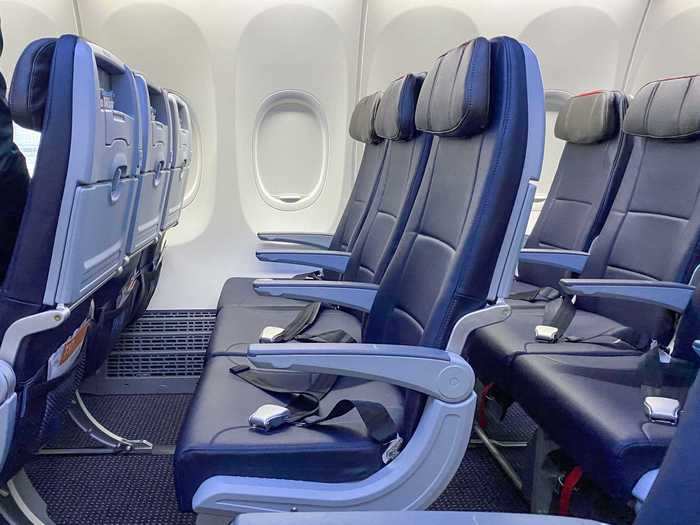
But the modern design didn't change the fact that we were on a Max, and the aircraft's interior gave no hints to that fact to the average traveler.
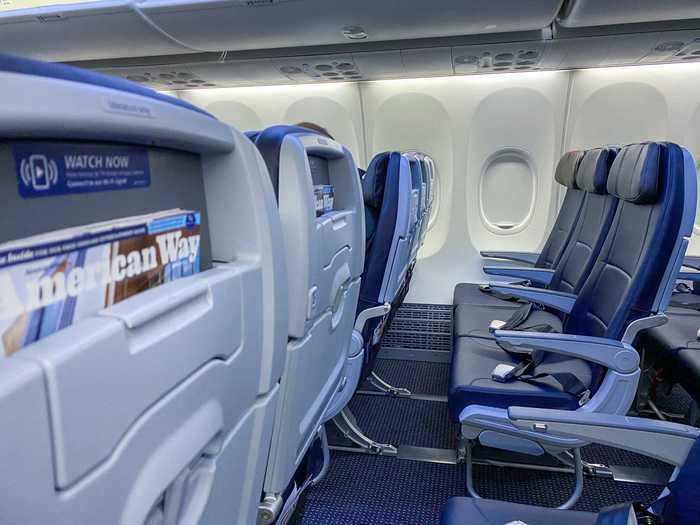
Not even the safety card would give any clues.
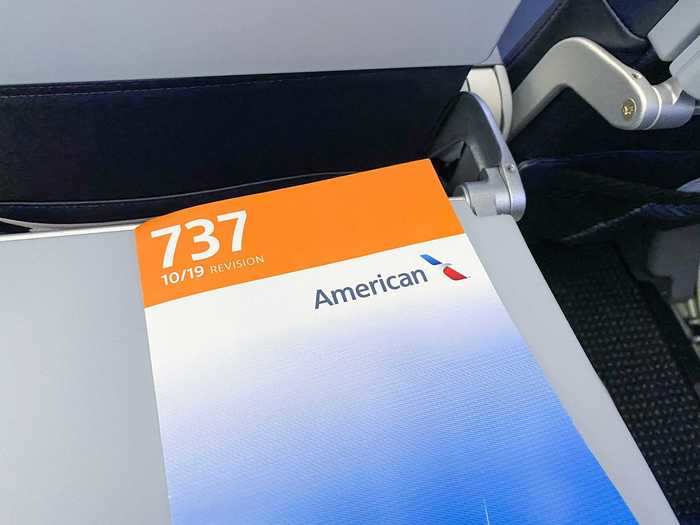
American's uses the generic "737" designation for both the Max and the Next Generation aircraft as they're technically the same family. While accurate, it's a bit disingenuous.
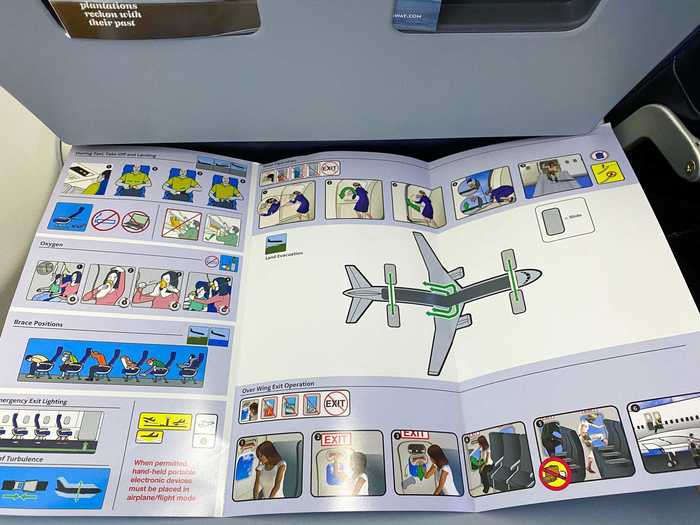
Here's United Airlines' Boeing 737 Max safety card with the three-letter work on full display.
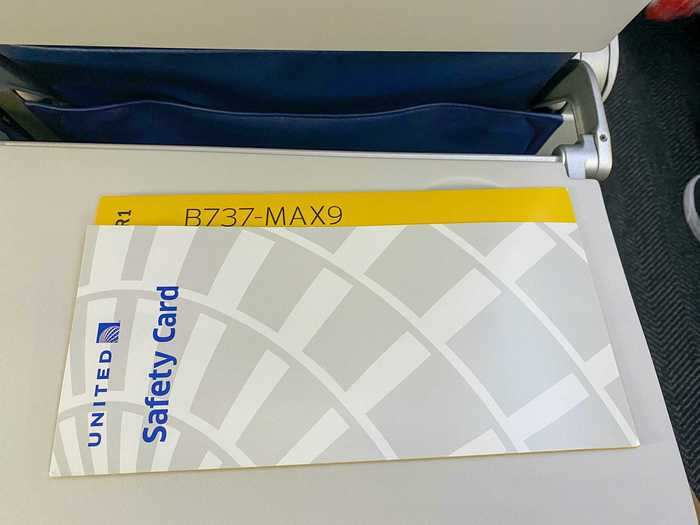
As expected, the flight was full and it was clear the Max wasn't scaring away too many passengers.
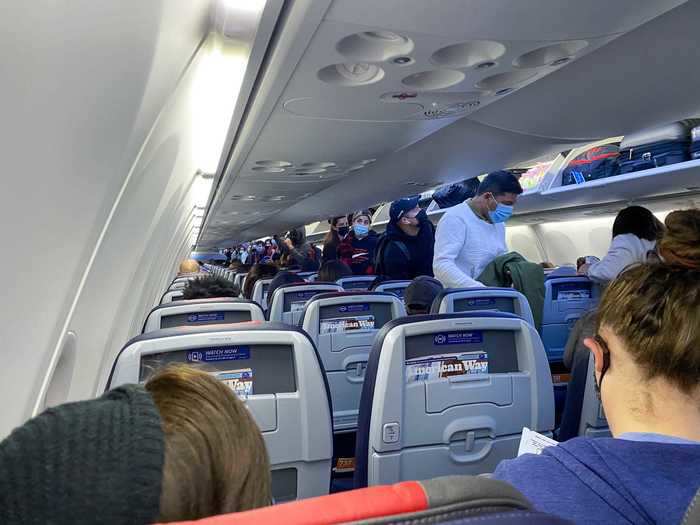
From the outside, we were nearly identical to the non-Max Boeing 737 right next to us. A keen observer might notice the difference in wingtips but once you're onboard, the differences aren't immediately clear.
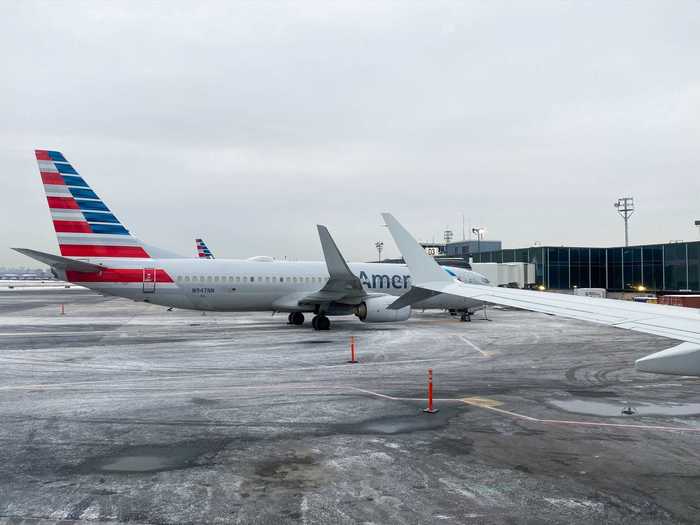
With the boarding door closed, it was time to take to the skies.
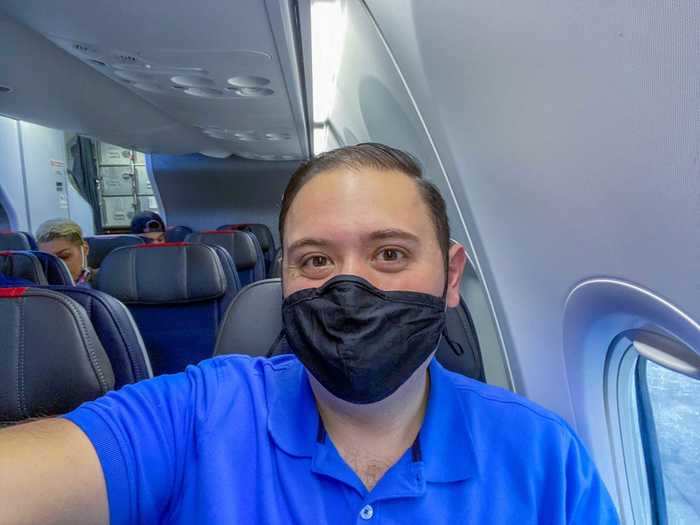
The two CFM International LEAP-1B engines quietly started up and we made our way to the runway.
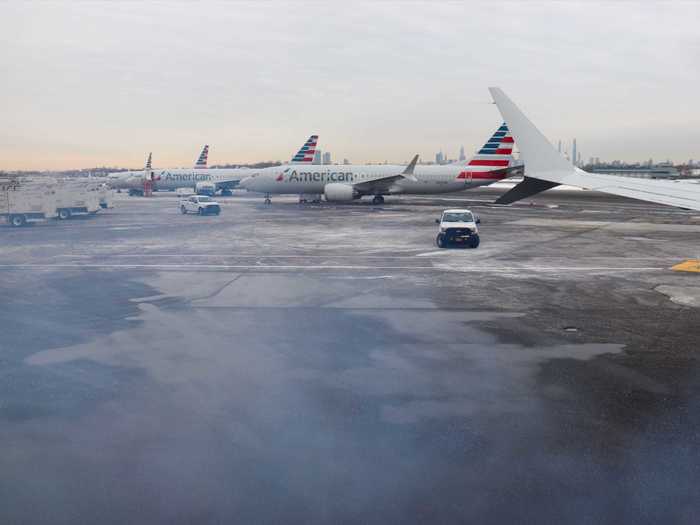
Unsurprisingly, neither the flight attendants nor pilots used the word "Max" during their announcement.
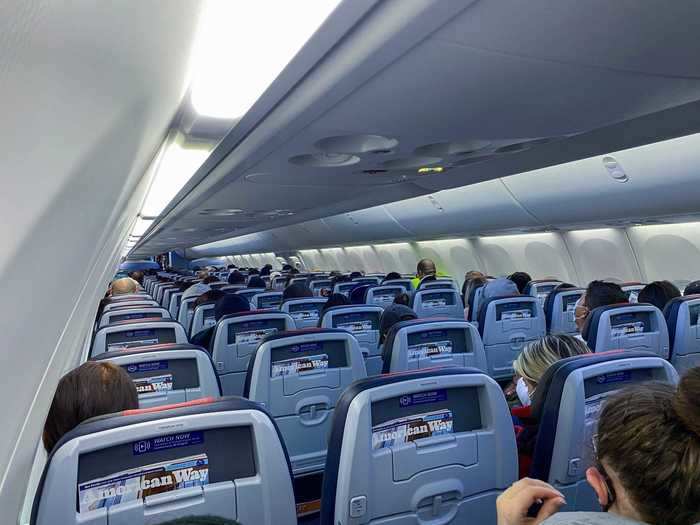
At that point, however, there's not much to be done as just before takeoff isn't the time to tell people that they're flying on a newly-ungrounded aircraft.
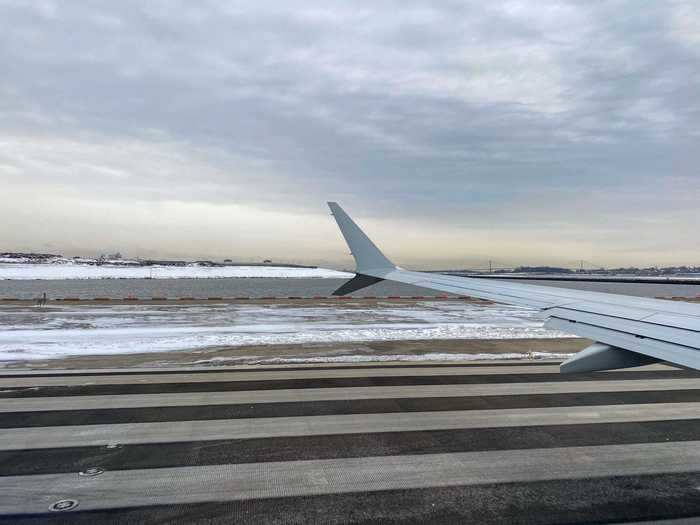
Takeoff from LaGuardia was smooth and uneventful on the cold February morning.
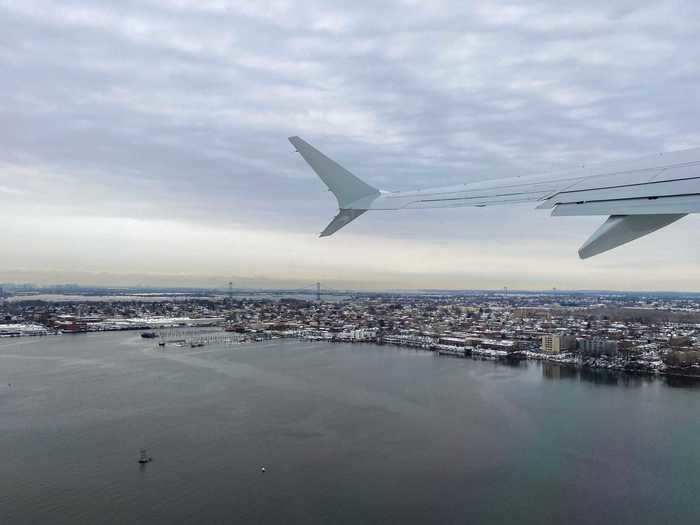
I'll admit, I was a bit nervous to be flying on the Max.
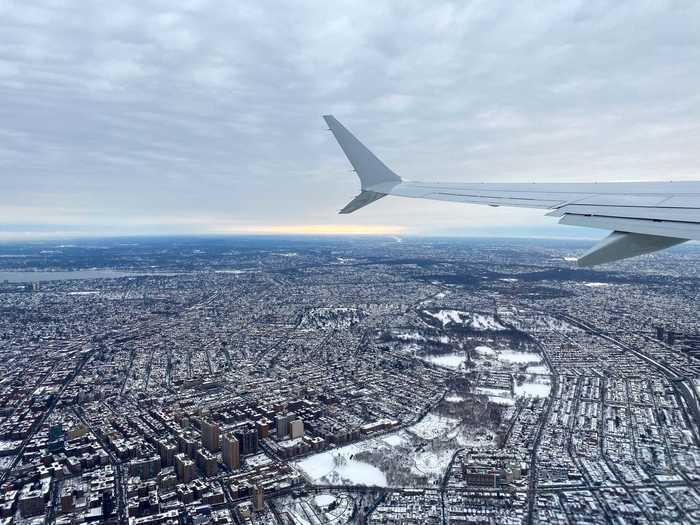
But as we climbed over New York City, my worries were quickly abated.
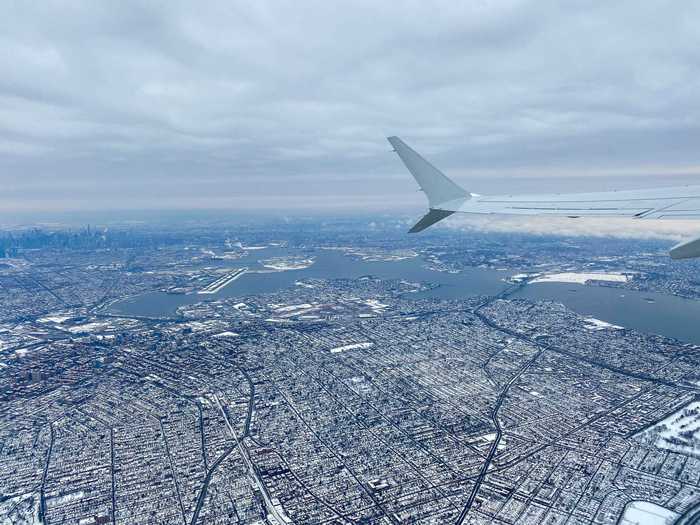
With the suspense of takeoff behind us, the flight attendants began the usual in-flight service. On this flight, a snack bag with pretzels, a water bottle, and a sanitary wipe were distributed.
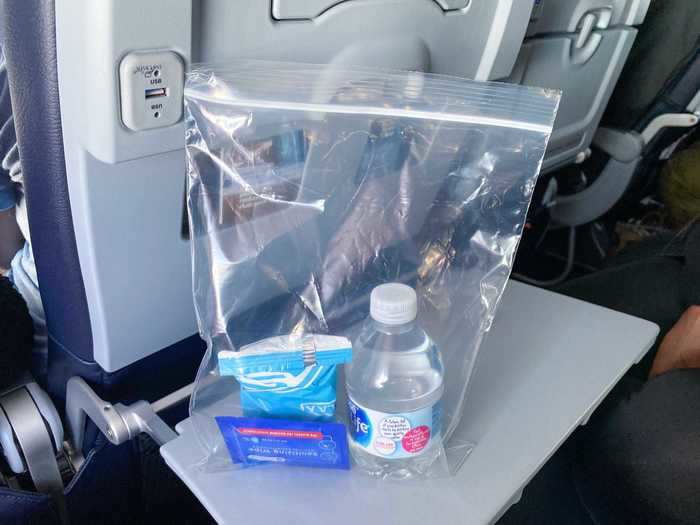
And it appeared that this would be a normal flight.
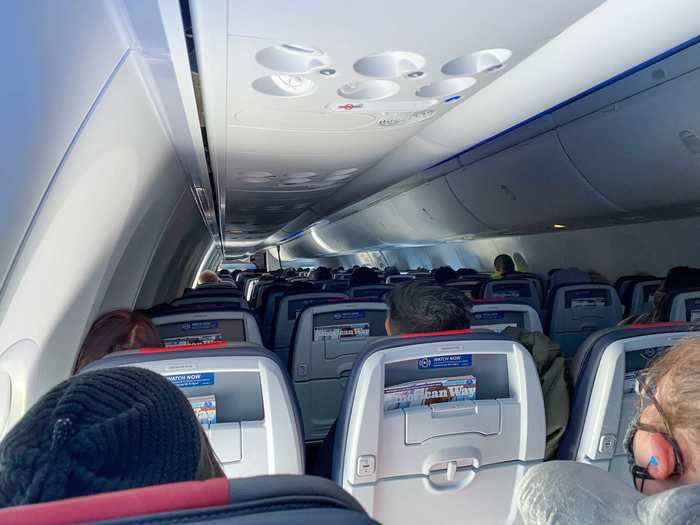
That was until we entered the clouds. Turbulence had rattled the plane worse than I'd experienced in over a year and all the fears of flying on a Max came back to me.
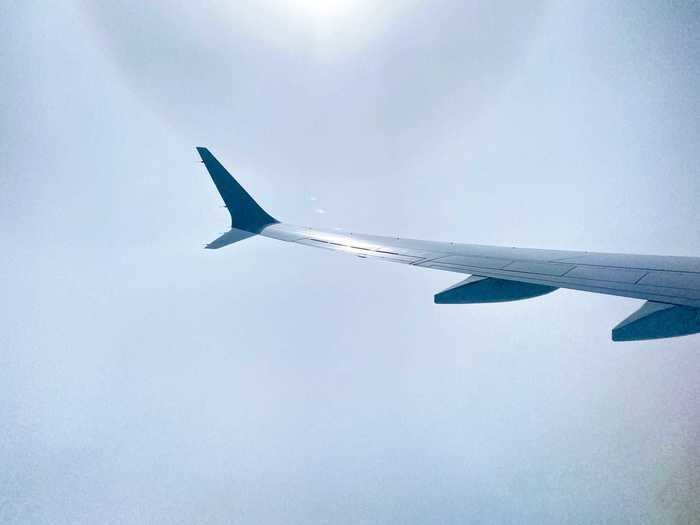
Had this been any other plane, I could've accepted that this was just turbulence and we'd be in no danger. But fear is irrational.
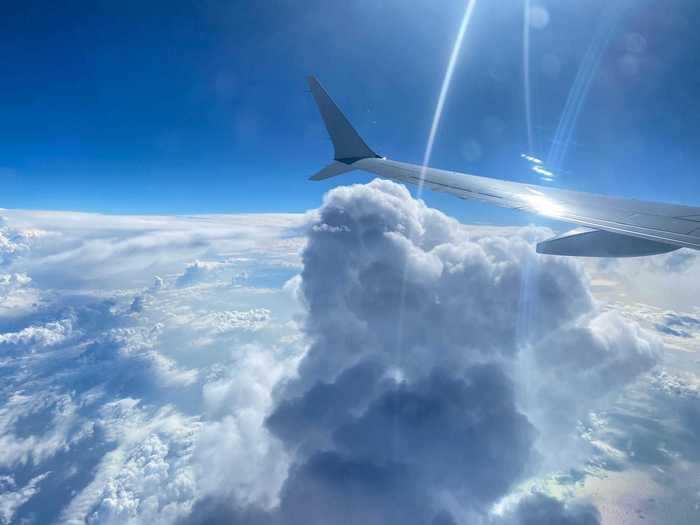
Fears aside, the Max handled it well and we were in clear skies again before I knew it.
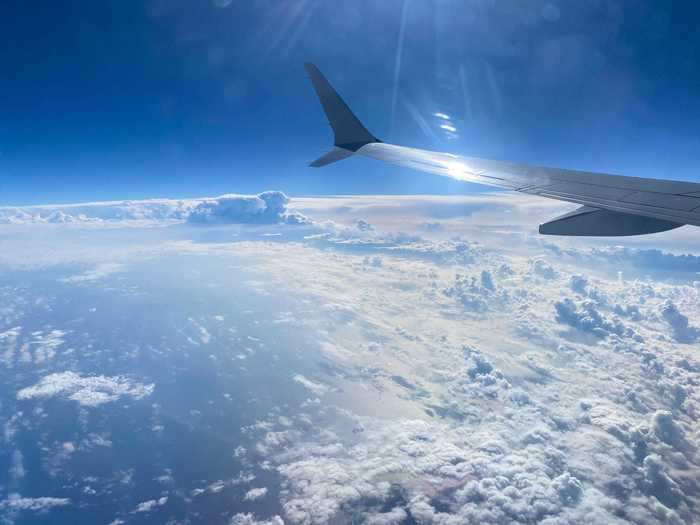
I took a quick walk around the cabin following the event and it appeared not to have rattled too many passengers. Most were still asleep or appeared calm.

The Max does have some cool features, notably the mood lighting.
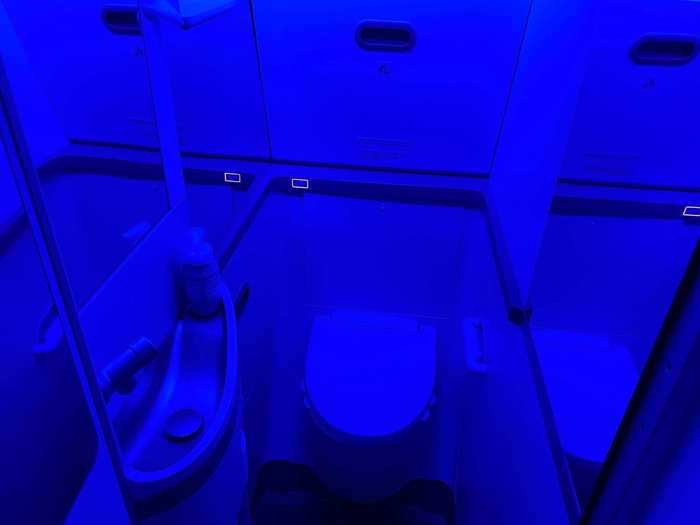
When it was time to land, orange lights illuminated the cabin to gently wake passengers.
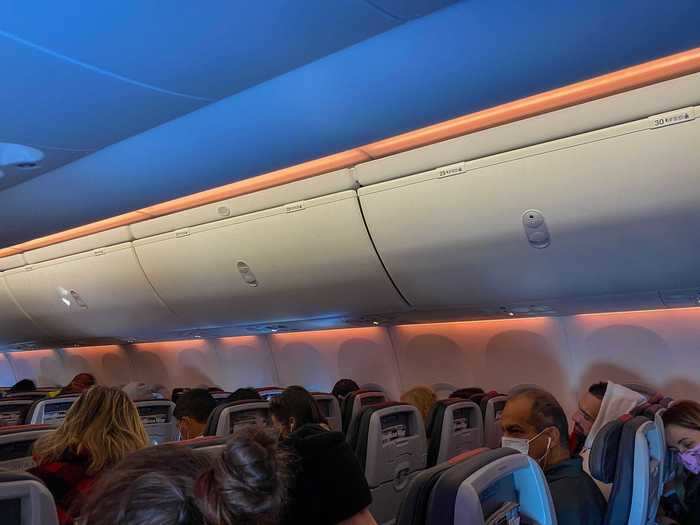
Bright white lights then woke the cabin up for landing so we'd be alert in case of emergency.
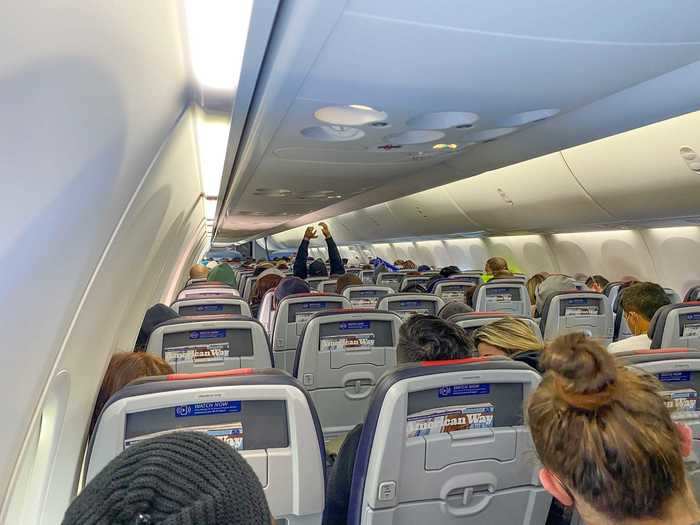
As Miami came into view, my worries about the aircraft had vanished.
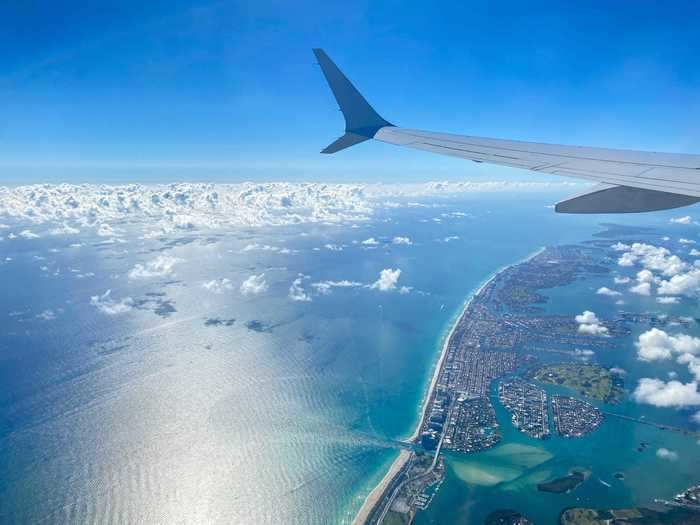
The rest of the flight was smooth as silk as we touched down on Miami's Runway 12.
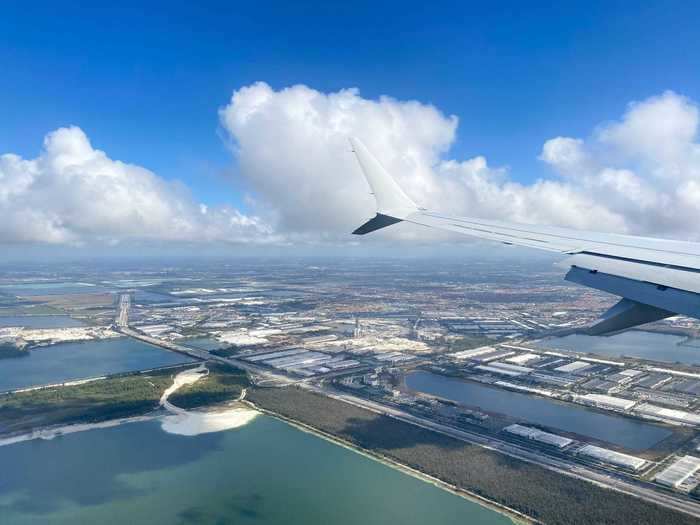
I got a quick look at the updated cockpit shortly after landing. Pilots now receive four hours of training on a Max simulator, in addition to around three hours of classroom training.
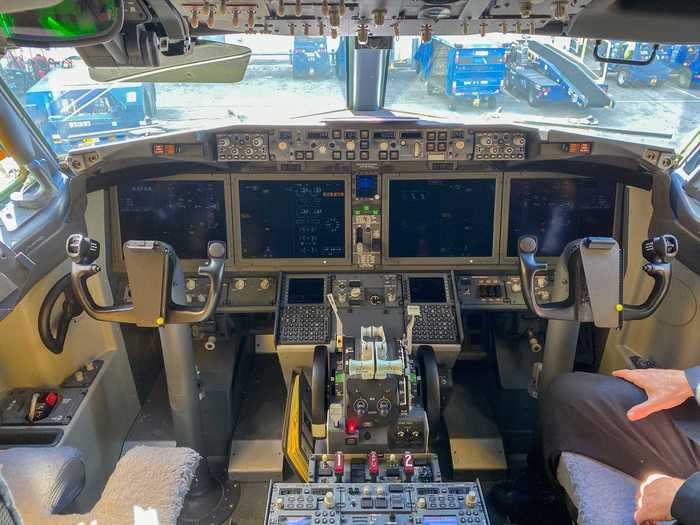
In Miami, airport signage does say "Boeing 737 MAX8," but this varies from airport to airport. American's signage did not say the aircraft type.

Every safe Max flight like this one paves the way for American to rebuild the aircraft back to pre-March 2019 strength. But I did wish that the airline was more proactive in letting passengers know they're booked on the plane.
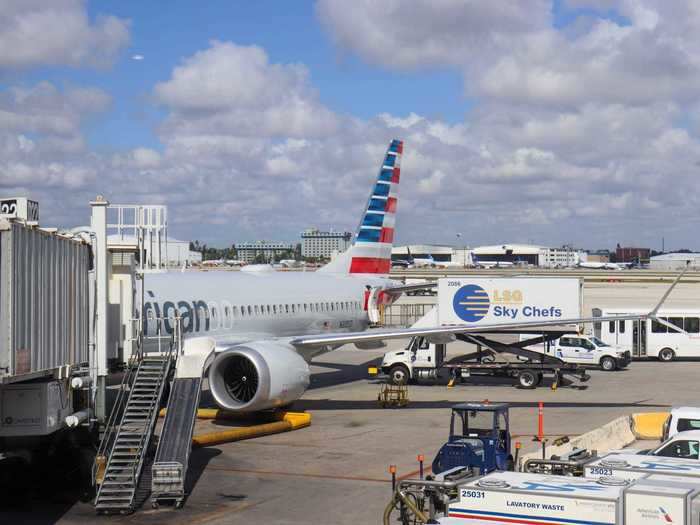
READ MORE ARTICLES ON
Popular Right Now
Popular Keywords
Advertisement